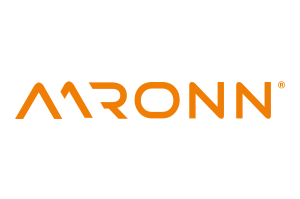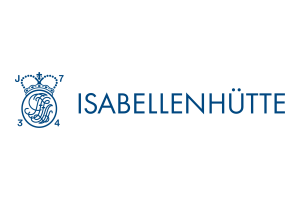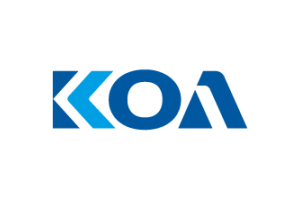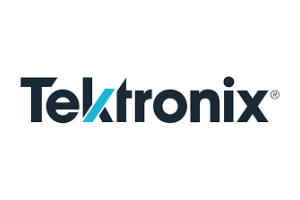Cobalt Demand Will Rise Sharply
Where Does "Clean" Cobalt for E-Cars Come from?
Cobalt is produced under inhumane conditions and could become scarce. In an interview with Markt&Technik, raw materials expert Lars-Peter Häfele of Inverto explains what needs to be done now.
Markt&Technik: Could cobalt soon become scarce and prices explode?
Lars-Peter Häfele, Inverto: I do not expect that for the next few years. But the increasing share of electromobility will lead to a strongly growing demand for cobalt, which is already foreseeable today and batteries for electric cars require a relatively high amount of cobalt.
So whoever depends on cobalt should secure access today?
Anyone who manufactures battery cells and is dependent on batteries should definitely act proactively and ensure that they receive the raw material through long-term contracts or partnerships. Since sustainability is especially important for potential buyers of e-cars, companies should also ensure that the origin of the cobalt in the batteries can be proven and that it has not been mined under inhumane conditions.
How much cobalt is currently being produced and for how many e-cars would that be sufficient?
Worldwide production is around 120,000 to 140,000 tons per year. The required amount of cobalt is between 10 and 15 kg per vehicle. Since not all of the cobalt produced goes into battery production, this would be enough for an annual production of 4 million electric cars. If one considers how fast the share of e-cars is likely to grow worldwide, the current technical capabilities and production volumes would quickly push the limits.
What fraction of cobalt is being used for batteries today?
At around 40 percent, this fractionis already the largest today. However, this includes all batteries, not just car batteries.
The extraction of cobalt is especially sensitive because most of it comes from the Congo. Will this remain so?
60 percent of the cobalt produced worldwide comes from Congo. Since 50 percent of the known deposits are also located in Congo, most of the cobalt will also come from Congo in the foreseeable future.
Under what conditions is the ore, which contains cobalt, mined in Congo?
There are basically two types of mines: The official, legally operating mines as well as the so-called artisanal mining. These are illegally operated unofficial mines that are not subject to any supervision and in which people mine the ore under the simplest conditions. There is also child labor here.
Congo is not exactly a haven of political stability. How is transparency to be brought into the supply chain?
At the moment the political situation is comparatively stable. This is why 80 to 90 percent of the ore is currently mined in the official mines, so the proportion of legal mines is relatively high; the conditions for certification are therefore relatively favorable. However, 10 to 20 percent remain from artisanal mining, which can hardly be monitored.
How can the origin be certified?
There are currently several organizations that are taking care of this, such as the Certification Trading Chain and the Responsible Cobalt Initiative (RCI). Here, suppliers and customers have joined forces to ensure that the origin of the cobalt in the batteries can be traced and that there is transparency in the supply chain. The aim is to prevent cobalt extracted under unethical conditions from entering the supply chain.
As soon as the ore is mined, it must be processed. Is this done locally?
No, the ore is further processed outside the Congo; the largest share (80 percent) is processed in China. China is trying to use as much of it as possible in its own batteries in order to keep the value added in the country as high as possible. Most battery manufacturers are now based in Asia.
The ore is processed in China and China is very present in Africa and Congo in particular. Is the cobalt value chain firmly in Chinese hands?
The Chinese companies have signed contracts with the mining companies in the Congo to secure their access. Chinese mining companies are also buying up mines, for example in Congo.
Is there any possibility at all that manufacturers in this country can secure access to cobalt independently of China?
This possibility still exists. But it is time to take care of it. If prices rise sharply and the shortage becomes noticeable, it will be too late.
At the moment the manufacturers probably do not see any strong pressure to act. The price for cobalt has declined rather than increased this year.
It actually fell from 60 to 50 euros per kg in the course of the year. In the 1990s, it had already fallen to 70 euros during crises in Zaire (now Congo). But as I have already mentioned, demand will grow strongly over the next few years because of the e-cars.
Many battery cell manufacturers are eager to develop alternatives to cobalt or at least to reduce the amount of cobalt per battery. That could dampen demand, couldn't it?
It looks as if the manufacturers are having a hard time with this, because at the same time the capacity, service life, and stability of the batteries are to be increased and the size reduced. I do not see any technical development that could noticeably counteract the increasing demand for cobalt in the foreseeable future.
According to current knowledge, how much cobalt is available worldwide?
As I said, 50 percent of known deposits are in Congo, 23 percent in Australia and 8 percent in Cuba. The rest is distributed among various other countries that are no longer so important. If production were to take place exclusively in Congo, the known reserves would last another 25 years, and roughly 50 years worldwide.
By then at the latest, a replacement would have to be found?
There are probably still large deposits under the sea, for example, but developing them would be very expensive, not to mention other problems. So it would be good to reduce cobalt demand in the long term. But that applies to a large proportion of the materials currently needed for batteries.





